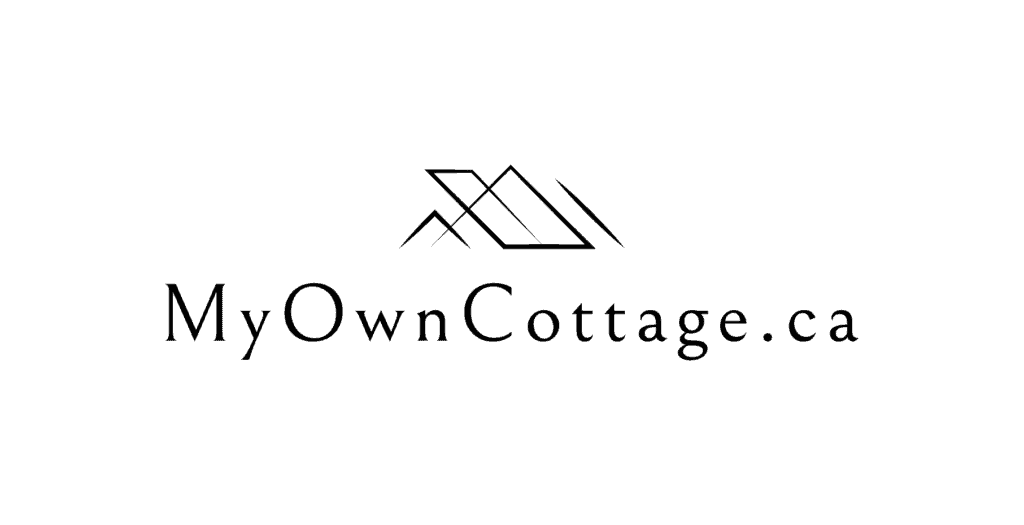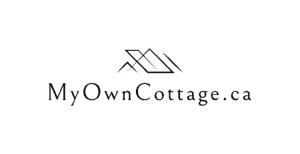The benefits of a prefab home in Oshawa include faster construction, reduced costs, and enhanced energy efficiency compared to traditional on-site builds.
FAQ
Common Questions About Eco-Friendly Prefab Homes
Eco-friendly prefab homes are designed with durability and low-maintenance living in mind. Sustainable materials such as recycled steel, engineered wood, and fiber cement siding resist wear and require less upkeep compared to traditional construction materials.
Here are some common maintenance considerations:
Energy Systems: Solar panels and energy-efficient HVAC systems may need periodic servicing, typically once a year, to maintain peak performance.
Insulation & Seals: Proper insulation reduces energy loss but should be checked every few years for settling or air leaks.
Water Management Systems: Features like rainwater collection systems or greywater reuse systems may need filter replacements or occasional cleaning.
Overall, prefab homes built with sustainability in mind often have lower lifetime maintenance costs due to better materials and smarter design.
Energy-efficient features aren’t just environmentally responsible—they’re financially smart. Over time, these features can lead to substantial cost savings through lower utility bills and potential government incentives.
Key long-term benefits include:
Reduced Utility Bills: Features such as triple-pane windows, high-performance insulation, and energy-star-rated appliances can cut heating and cooling costs by up to 50%.
Government Rebates: Many municipalities offer rebates or tax incentives for solar panel installations, heat pumps, or green building certifications.
Increased Property Value: Homes with energy-efficient certifications (like LEED or ENERGY STAR) tend to have higher resale values and sell faster in eco-conscious markets.
In short, the upfront investment in energy-saving technologies pays off in both immediate comfort and future financial returns.
Yes, most eco-friendly prefab homes offer a high degree of customization. Buyers can choose from a range of sustainable materials, finishes, layouts, and energy systems to suit their lifestyle and environmental goals.
Customization options may include:
Modular Layouts: Flexible floor plans allow you to add or remove rooms depending on your needs.
Green Features: Select from options like solar panels, green roofs, rainwater harvesting systems, and smart home technology.
Interior Design Choices: Sustainable flooring (like bamboo or cork), non-toxic paint, and reclaimed wood cabinetry can be tailored to your style.
Many builders work closely with clients to ensure the final home not only meets sustainability standards but also reflects personal preferences.
Eco-friendly prefab homes typically have much faster build times than traditional homes, often completing in 2 to 6 months, depending on complexity and customization.
Here’s why:
Off-site Construction: Most of the home is built in a controlled factory environment, which avoids delays caused by weather or onsite constraints.
Fewer Surprises: With much of the planning and engineering done in advance, there are fewer unexpected issues during installation.
Streamlined Permitting: Prefab builders often assist with permits and inspections, helping to speed up the administrative side of the process.
Once delivered to your site, many prefab homes can be fully installed and move-in ready in just a few weeks.

